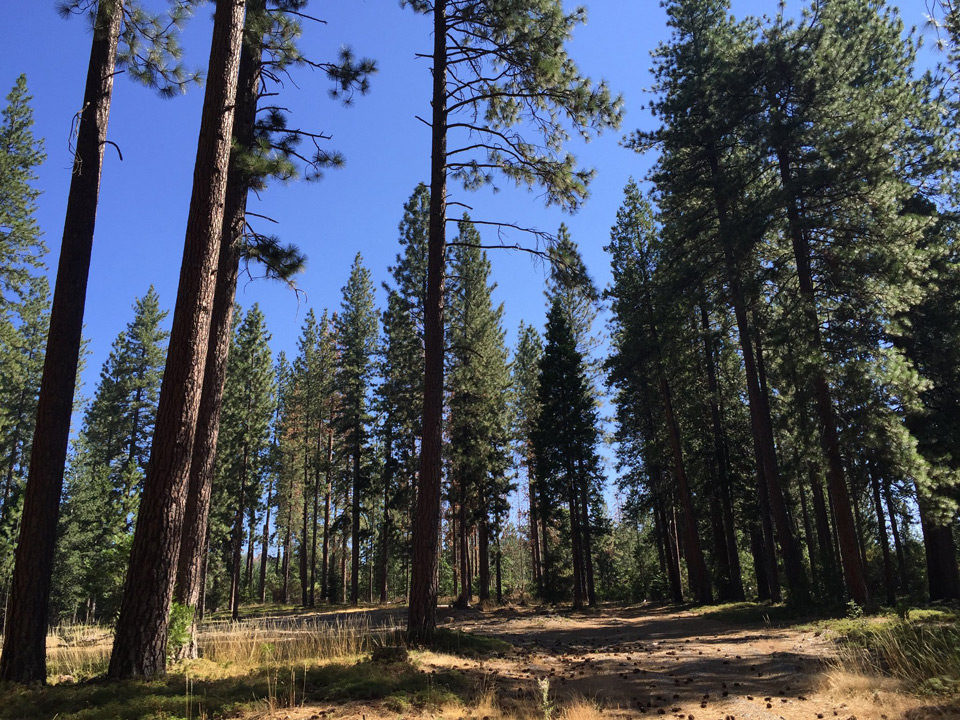
July 9, 2018 - SACRAMENTO, Calif. – The Bureau of Land Management today released its Hazard Removal and Vegetation Management Project Programmatic Environmental Assessment for public comment. This plan provides a detailed approach to managing hazards associated with dead and dying trees and using vegetation treatments near critical infrastructure to minimize wildfire risk.
If approved, the Hazard Removal and Vegetation Management Project programmatic EA will help the BLM protect human health and safety; maintain or enhance forest and woodland health and functionality; and respond to the needs of neighboring land managers and owners.
“Elevated levels of tree mortality statewide have substantially increased the amount of hazardous trees threatening public safety in areas of high public use such as roads, private property, electrical lines recreation areas and trails,” said BLM California State Director Jerome E. Perez.
“Removing dead and dying trees and conducting vegetation management within these areas will address tree mortality and reduce tree densities, ultimately creating healthier forests and woodlands for the future.”
This programmatic (a broad overview of a suite of actions) EA also aligns with the Department’s direction to prevent and combat the spread of catastrophic wildfires through robust fuels reduction and pre-suppression techniques.
The proposed project area includes BLM-managed public lands within 35 northern and central California counties: Alpine; Amador; Butte; Calaveras; Colusa; El Dorado; Fresno; Glenn; Humboldt; Kern; Lake; Lassen; Madera; Mariposa; Mendocino; Modoc; Napa; Nevada; Placer; Plumas; Sacramento; San Benito; Santa Barbara; Shasta; Sierra; Siskiyou; Solano; Sonoma; Tehama; Trinity; Tulare; Tuolumne; Ventura; Yolo and Yuba.
The BLM estimates that between 2,500 and 20,000 acres of treatment will occur statewide on an annual basis under this programmatic EA. The plan proposes treatment within 200 feet of roads, power lines, private property, recreation areas and other types of critical infrastructure.
In order for public comments to be considered in the final decisions for this proposal, comments must be received by August 8. Comments can be sent to https://goo.gl/v3WCAe, by selecting “Comment on Document” in the documents section of the webpage for this programmatic EA.
Before including addresses, phone numbers, email addresses or other personal identifying information in the comment, be aware that the entire comment -- including personal identifying information -- may be made publicly available at any time. While the public can ask to withhold personal identifying information from public review, the BLM cannot guarantee that it will be able to do so.
After the conclusion of the 30-day comment period, the BLM will address all comments and revise the programmatic environmental assessment. For more information or questions about the EA, please contact Project Lead Coreen Francis, 916-978-4428, or email c1franci@blm.gov.
Source: BLM
